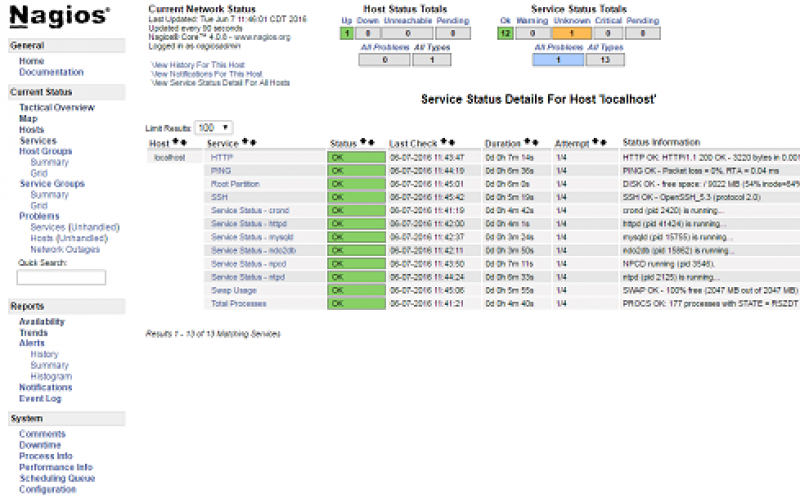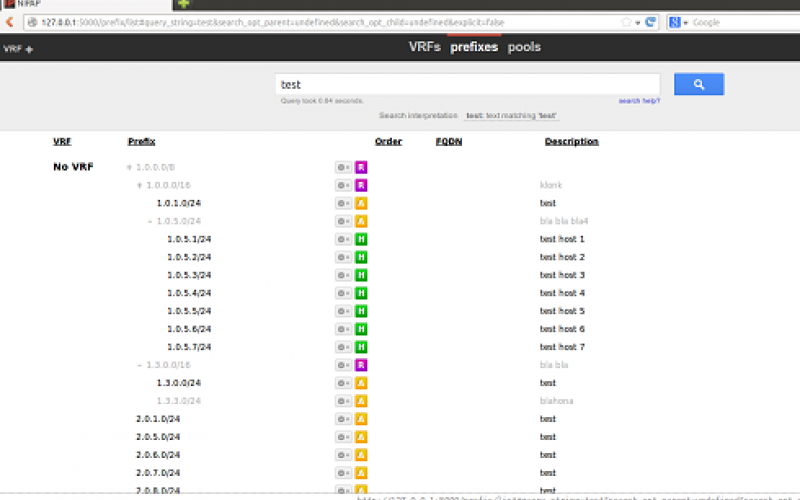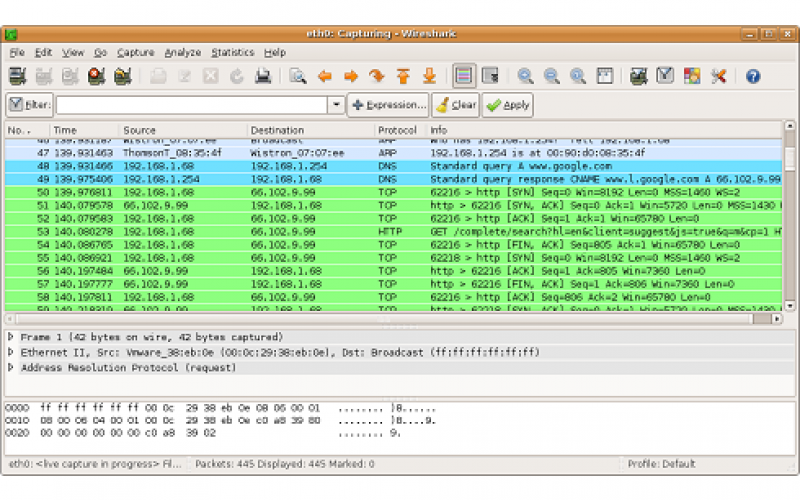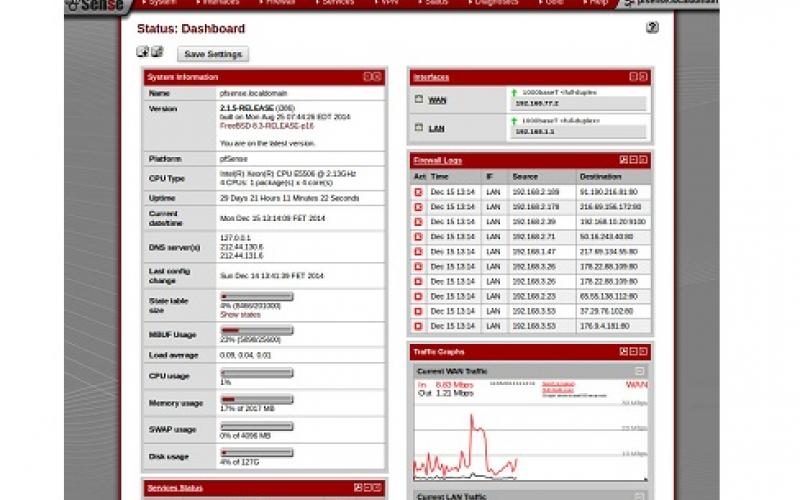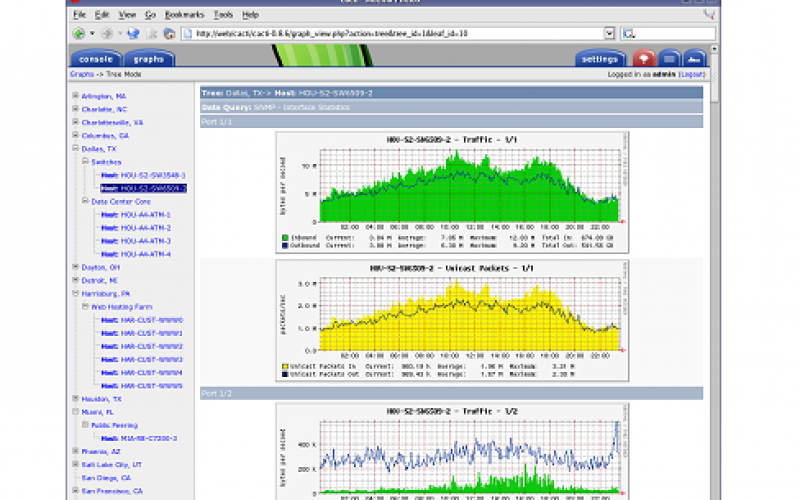Throughout my 15+ year career as a network engineer, I've evaluated, implemented and used plenty of open source networking tools in a variety of environments. Some ended up being too buggy, lacked critical features or were too time consuming to maintain in production. Others proved to be a great fit and I've relied on them a great deal. In this slideshow, I'll discuss 10 free networking tools that I believe are incredibly useful when it comes to day-to-day management and troubleshooting of enterprise networks.
Some IT pros completely disregard free open source tools because they feel they are far inferior when compared to commercial products that perform similar duties. While many proprietary products have added features and extra polish that make using and maintaining them easier, open source tools often are a satisfactory alternative. So if open source tools are "good enough" and free, they should never be overlooked or omitted from consideration.
When looking for free open source networking tools that can be viable options for production use, look first at established tools that maintain active development communities. While new open source solutions may offer new and advanced features, they're less likely to be production ready. A few solutions on this list have been around for nearly two decades, yet still are considered some of the best tools available. Open source projects can be slow to develop, so you may find that some tools have great promise, but aren't yet ready for prime time. In situations like these, your only alternative might be to purchase a proprietary vendor solution.
In addition to this list, there are complementary open source tools that don't necessarily perform any specific network functions, but can help with the network management process. For example, tools such as dig and Nmap are fantastic for information gathering and basic troubleshooting, and should be part of any network engineers’ toolset. Other essential tools include KeePass, PuTTY and WinMerge.
Continue on to learn about 10 free tools that provide a range of network management and troubleshooting functions for a variety of network infrastructure scenarios.







